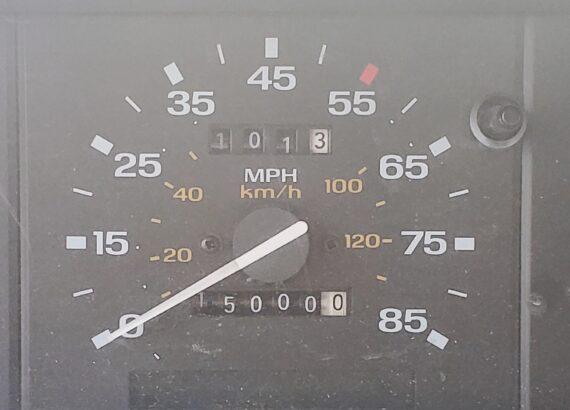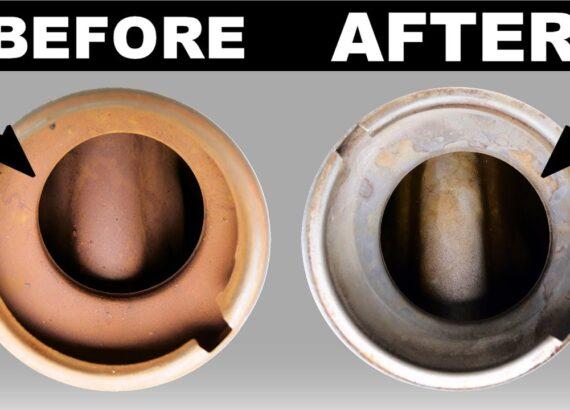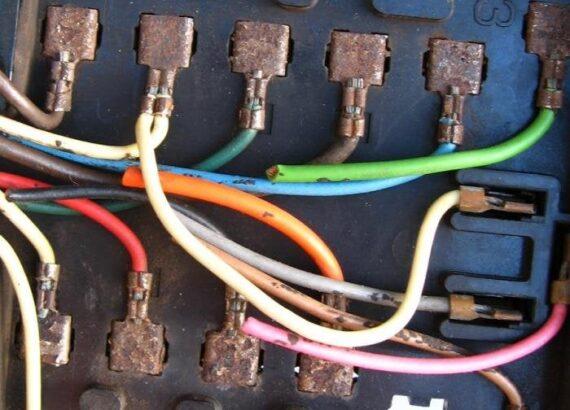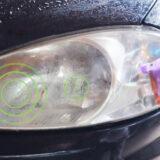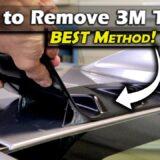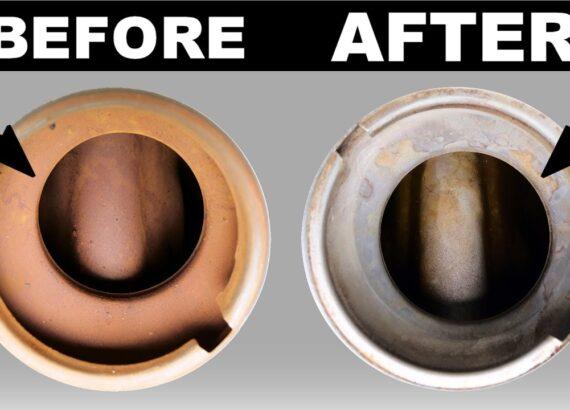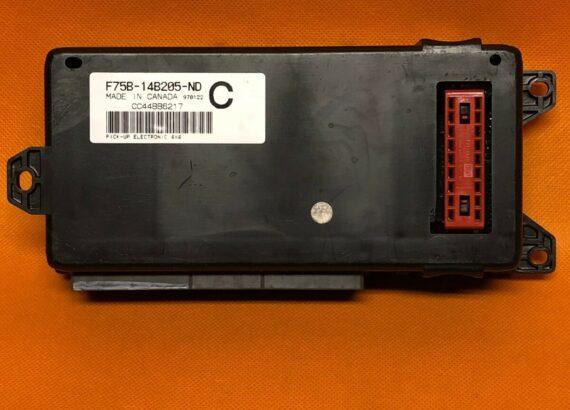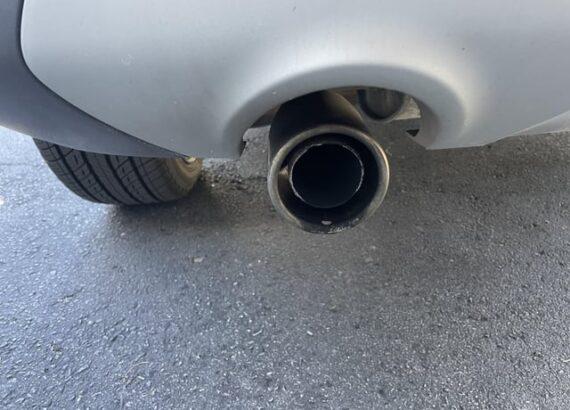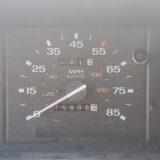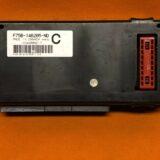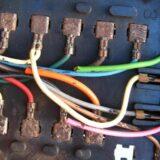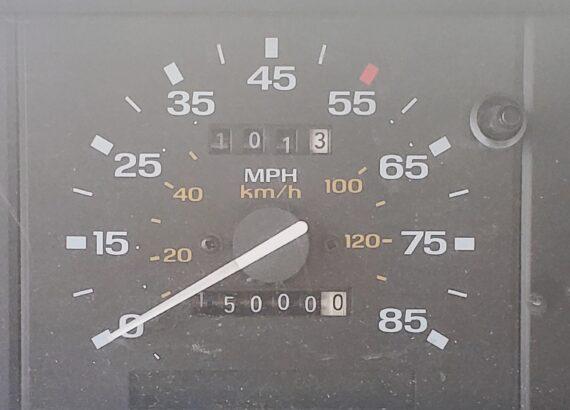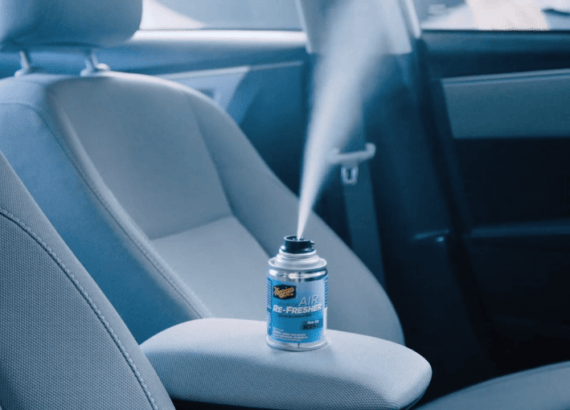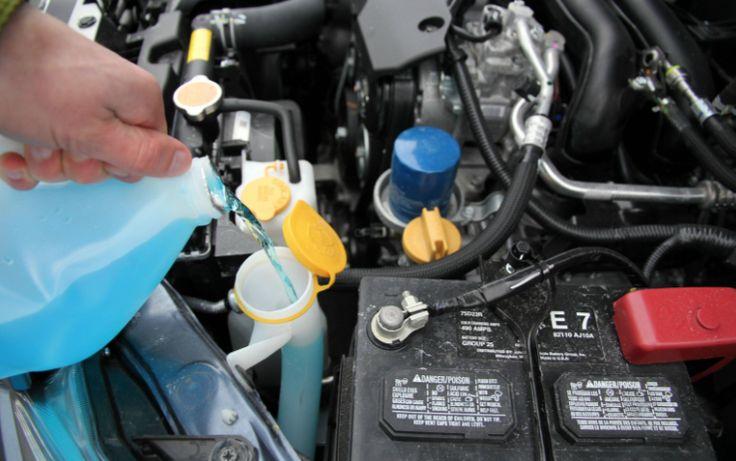
What Happens If You Put Windshield Washer Fluid In Your Coolant
It is easy to make mistakes while maintaining your car. One common mistake is putting windshield washer fluid in your coolant. This can happen if you are not careful. But what are the consequences?
Understanding Windshield Washer Fluid and Coolant
Before we dive into the consequences, let’s understand what windshield washer fluid and coolant are.
Windshield Washer Fluid
Windshield washer fluid helps clean your car’s windshield. It is usually a mix of water, alcohol, and detergents. This fluid helps remove dirt, bugs, and other debris from your windshield.
Coolant
Coolant, also known as antifreeze, helps regulate your car’s engine temperature. It is a mix of water and chemicals like ethylene glycol or propylene glycol. The coolant prevents the engine from overheating or freezing.
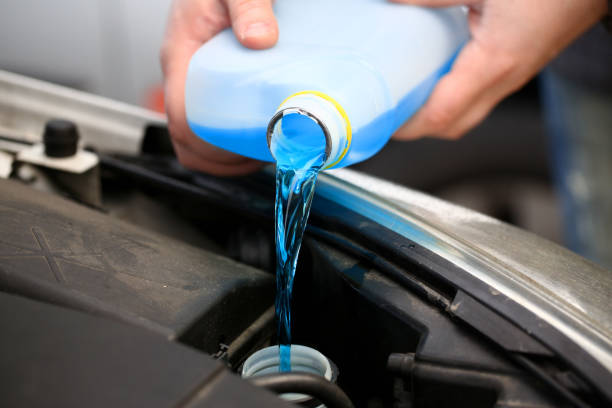
Credit: carfromjapan.com
What Happens When You Mix Them?
Mixing windshield washer fluid with coolant can cause several issues. Let’s explore them one by one.
Engine Overheating
Windshield washer fluid does not have the same properties as coolant. It cannot regulate the engine temperature. If you add it to your coolant, your engine may overheat.
Corrosion And Rust
Coolant contains anti-corrosion agents. These agents protect the engine and radiator. Windshield washer fluid lacks these agents. Adding it to your coolant can lead to corrosion and rust.
Damage To Engine Components
Windshield washer fluid can cause damage to engine components. These components are designed to work with coolant. Using the wrong fluid can harm seals, gaskets, and other parts.
Reduced Cooling Efficiency
The cooling system relies on the right mix of coolant. Windshield washer fluid can dilute this mix. This reduces the system’s efficiency, leading to poor performance.
Immediate Steps to Take
If you accidentally put windshield washer fluid in your coolant, take immediate action. Follow these steps to minimize damage.
Do Not Start The Engine
Do not start your car if you realize the mistake before turning it on. This prevents the fluid from circulating through the engine.
Drain The Cooling System
Drain the cooling system as soon as possible. You can do this yourself or take your car to a mechanic. This will help remove the windshield washer fluid from the system.
Flush The System
After draining, flush the system with clean water. This helps remove any remaining traces of windshield washer fluid.
Refill With Proper Coolant
Refill the cooling system with the correct coolant. Make sure to use the right type and mix for your car.
Check For Damage
Inspect the cooling system for any signs of damage. Look for leaks, corrosion, or rust. If you find any issues, consult a mechanic for repairs.
Preventing Future Mistakes
To avoid making this mistake again, follow these simple tips.
Label Your Fluids
Label your fluid containers clearly. This helps you identify the right fluid when needed.
Read The Manual
Read your car’s owner’s manual. It provides information on the correct fluids for your car.
Double-check Before Adding
Always double-check the fluid you are adding. Make sure you are using the right fluid for the right system.

Credit: www.reddit.com
Frequently Asked Questions
Can Windshield Washer Fluid Damage The Engine?
Yes, it can cause severe engine damage. It lacks the necessary properties to cool the engine properly.
What Are The Symptoms Of Mixing Fluids?
Overheating, odd smells, and poor performance can indicate mixed fluids. Seek professional help immediately.
How To Fix Mixed Coolant And Washer Fluid?
Drain the contaminated mixture and flush the cooling system. Refill with the correct coolant.
Is It Safe To Drive With Mixed Fluids?
No, driving with mixed fluids can cause engine overheating and damage. Address the issue immediately.
Conclusion
Putting windshield washer fluid in your coolant can cause serious problems. It can lead to engine overheating, corrosion, and damage to engine components. If you make this mistake, take immediate action to drain and flush the system. Refill with the correct coolant and check for damage. By following these steps, you can minimize the harm to your car. Always double-check your fluids to prevent future mistakes.

Sium is a passionate automotive enthusiast and writer at SiumPro. With a deep understanding of cars and a keen eye for detail, Sium brings valuable insights and engaging content to readers. From reviews to tips and industry updates to delivering informative and enjoyable automotive articles.
